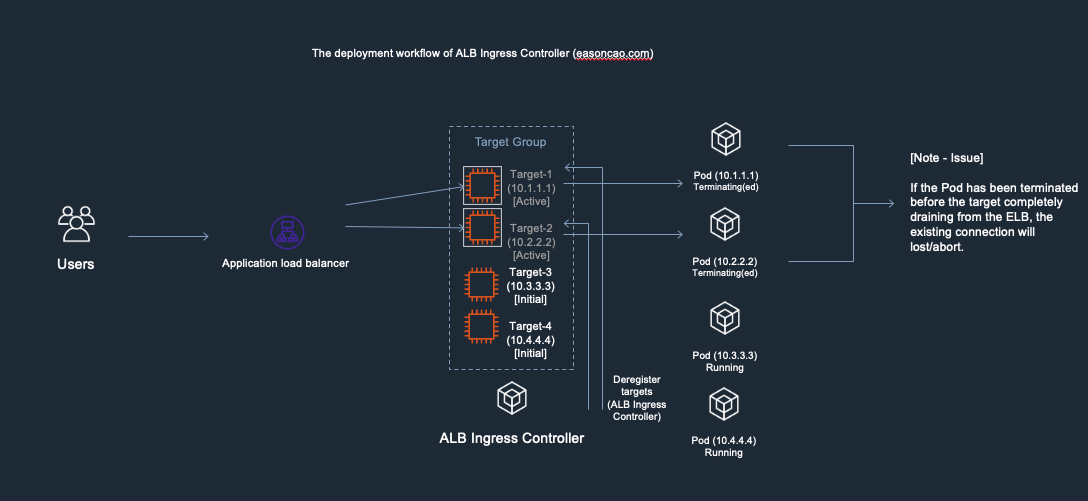Memory Management and Paging Quick Note
對於 Paging 的疑惑
在讀清大作業系統開放式課程 Memory Management - Paging 一章時對於裡面一個範例產生了疑問,在這邊簡單紀錄一下。
Given 32 bits logical address, 36 bits physical address and 4KB p age size, what does it means?
- Page table size = 2^32 / 2^12 = 2^20 entries
- Max program memory : 2^32 = 4GB
- Total physical memory size: 2^36 = 64GB
- Number of bits for page number: 2^20 pages, 20bits
- Number of bits for frame number: 2^36 / 2^12 = 2^24, 24bits
- Number of bits for page offset: 4KB page size, 2^12, 12bits
在閱讀這些資料的時候不免疑惑,為什麼是 2^36 Bytes (64GB) 的 physical memory,不是 36 bits logical address, 應該可用的記憶體應該不是 2^36 bits 嗎,而且 Max program memory 可以到 4GB !?
更讓我疑惑的是在計算 Page entries ,明明是不同單位的東西 (32 bits 與 4KB, 4KB 應該是 4096 bytes * 8 = 32768 bits)。
後來經過一些資料的查詢,發現我對於記憶體的管理上有一些誤解,這邊有提到logical address,注意這邊指的是 address ,
可參考 wikipedia 對於 memory address 的解釋:
the more bits used, the more addresses are available to the computer. For example, an 8-bit-byte-addressable machine with a 20-bit address bus (e.g. Intel 8086) can address 2^20 (1,048,576) memory locations, or one MiB of memory, while a 32-bit bus (e.g. Intel 80386) addresses 2^32 (4,294,967,296) locations, or a 4 GiB address space. In contrast, a 36-bit word-addressable machine with an 18-bit address bus addresses only 2^18 (262,144) 36-bit locations (9,437,184 bits), equivalent to 1,179,648 8-bit bytes, or 1152 KB, or 1.125 MiB—slightly more than the 8086.
由此可知,代表說一個 physical memory address 對應到的可用空間為 1 byte ,
我們市面上常見的 32 bits 或 64 bits 處理器指的是處理器核心所能存取及表示的最大記憶體位址,各有 2^32 bits 及 2^64 bits 種組合,詳見 [2]。
總結
所謂的 36 bits physical address,可表示實體記憶的位址為 2^36 bits,因為一個位址可用的記憶體空間大小為 1 Byte,共可用的記憶體大小為 2^36 Bytes。
Reference
Share on
Twitter Facebook LinkedInIs that useful? Let me know or buy me a coffee
 一次性支持 (ECPay)
一次性支持 (ECPay)



Leave a comment